Wandering through Mittenwald—often called the village of a thousand violins—felt like stepping straight into a storybook. Colorful houses flashed Lüftlmalerei murals, that classic Bavarian art painted right onto their walls, each one more striking than the last.
Mittenwald’s unique mix of historic violin-making and those breathtaking Karwendel mountain views made it feel special the moment I arrived. I loved getting lost in the peaceful village lanes; every corner surprised me with something new to admire.
The air carried soft sounds of craftsmanship, and the scenery was unforgettable. So much beauty, surrounded by those soaring peaks—it’s easy to see why Mittenwald is famous for its musical heritage and vibrant public art.
If you’re searching for a place where tradition and natural wonder meet, this Bavarian village is hard to beat. The painted houses, the sound of violins, and the majesty of the Alps kept me reaching for my camera over and over.
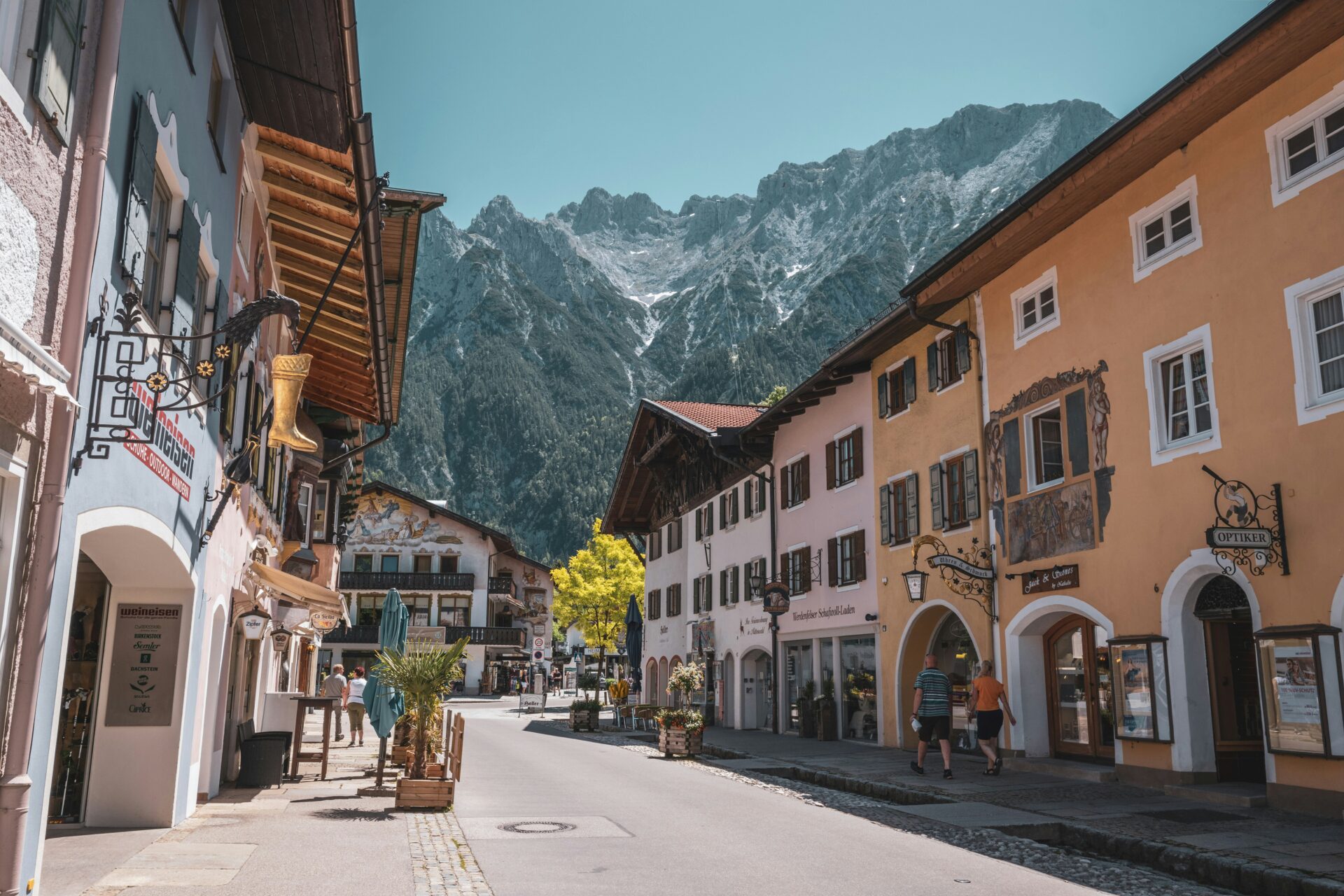
Mittenwald: Village of a Thousand Violins
Mittenwald sits quietly in the Bavarian Alps, but its story isn’t ordinary at all. This mountain town stands out for its violin-making tradition, colorful heritage, and inviting pedestrian lanes lined with unique art and history.
Origins of a Musical Town
I felt like I’d stepped into a different world when I learned about Mittenwald’s roots. Music sits at the heart of this small German town.
Since the 14th century, Mittenwald played a key role in trade routes between Italy and Germany. The story really takes off in 1684, when Matthias Klotz returned from Italy.
He brought back the craft of violin making he’d learned from masters like Nicolo Amati. Klotz started a family workshop, and soon the village filled with violin makers—earning Mittenwald the nickname “Village of a Thousand Violins.”
Today, violin craftsmanship remains a proud tradition here. Walking the streets, I could sense how much locals value their musical heritage.
It’s not just history—it’s still part of daily life.
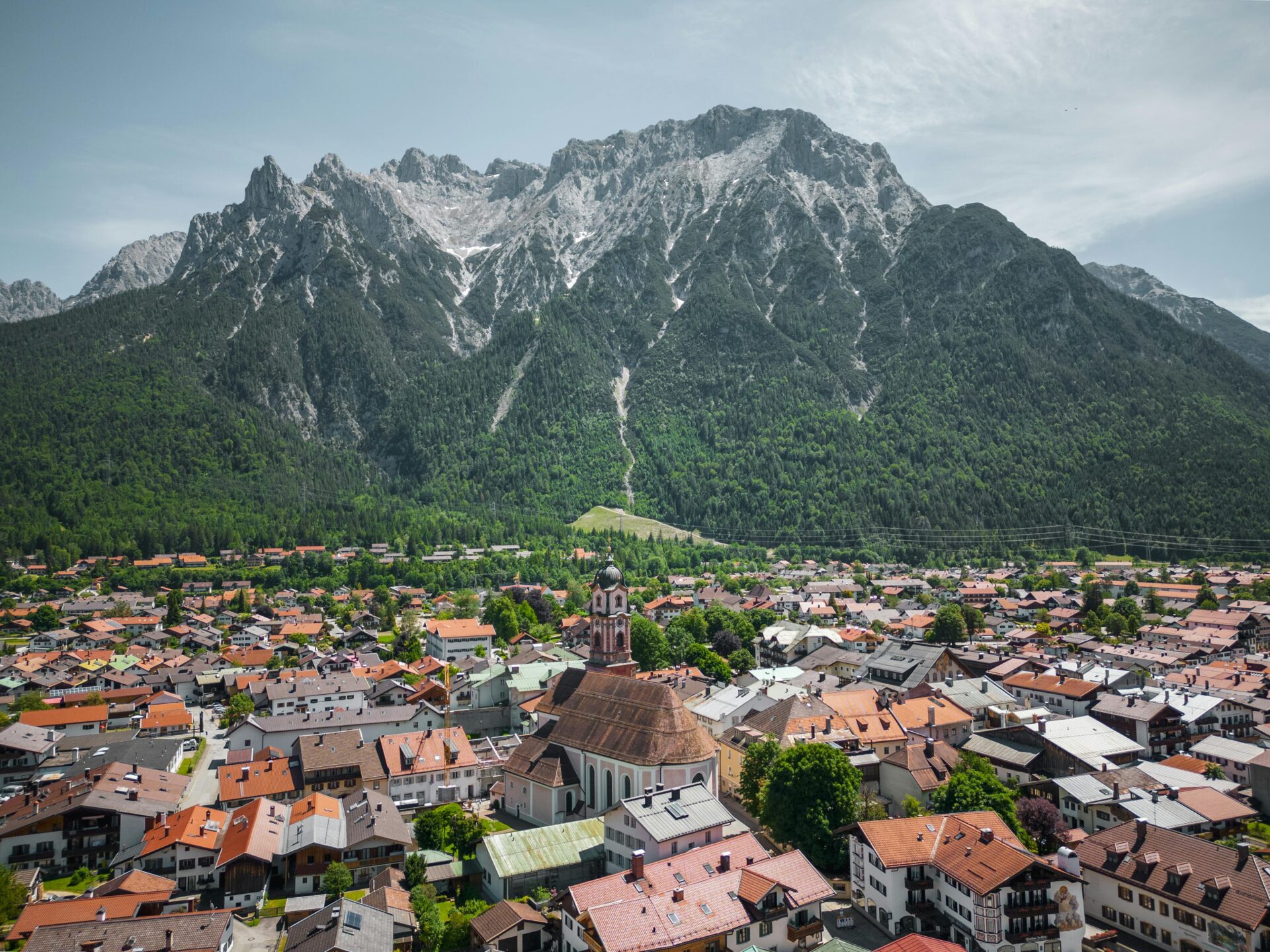
Strolling the Obermarkt Pedestrian Zone
I felt immediately drawn to the Obermarkt, the vibrant pedestrian zone at Mittenwald’s heart. Strolling along its cobblestone paths, every step brought a new side of the village’s charm.
Shops displayed handcrafted violins, local crafts, and traditional Bavarian clothing like dirndls and lederhosen. The Obermarkt’s buildings gleamed with Lüftlmalerei—brightly painted frescoes showing scenes from village life, music, and folklore.
I loved pausing at sidewalk cafés, sampling Bavarian sausages and strudel. Street performers played classical tunes, adding to the relaxed but lively atmosphere.
It’s a place where visitors and locals mingle in the shadow of the Karwendel mountains.
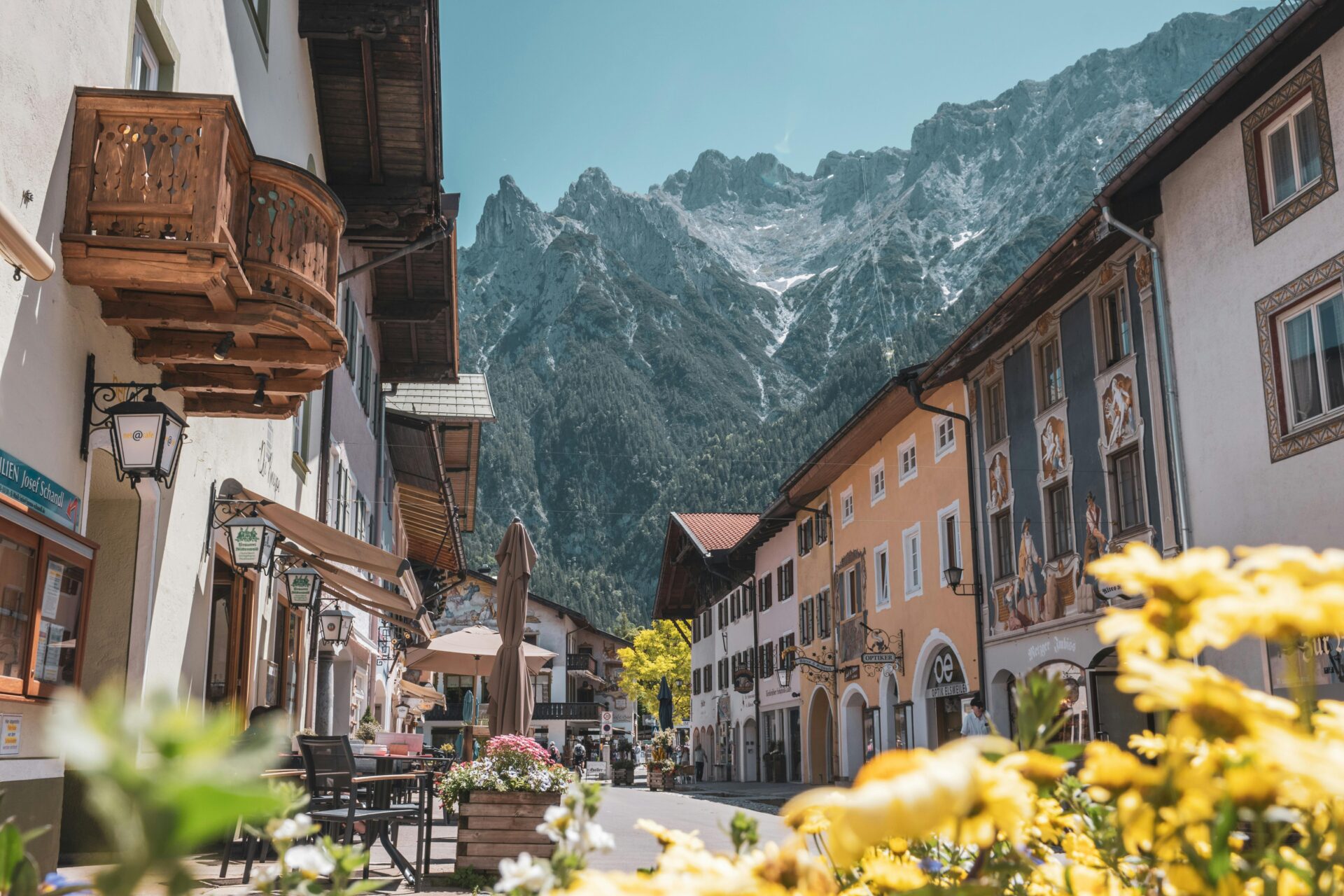
Notable Landmarks and Heritage Highlights
Mittenwald’s history reveals itself best through its landmarks. The Violin Making Museum stands out as a must-see.
I wandered through exhibits of old instruments, tools, and photos. I learned how the village’s fame spread across Europe.
The Church of St. Peter and Paul rises at the center with its tall onion dome. Its painted ceilings and baroque details reflect the village’s golden age prosperity.
Nearby, the old town hall and fountains recall the days when Mittenwald buzzed as a trading hub in Bavaria. Walking through these sites, I felt connected to generations of craftsmen and musicians who shaped the village.
Every corner told a story, and each landmark deepened my appreciation for Mittenwald’s unique place in German heritage.
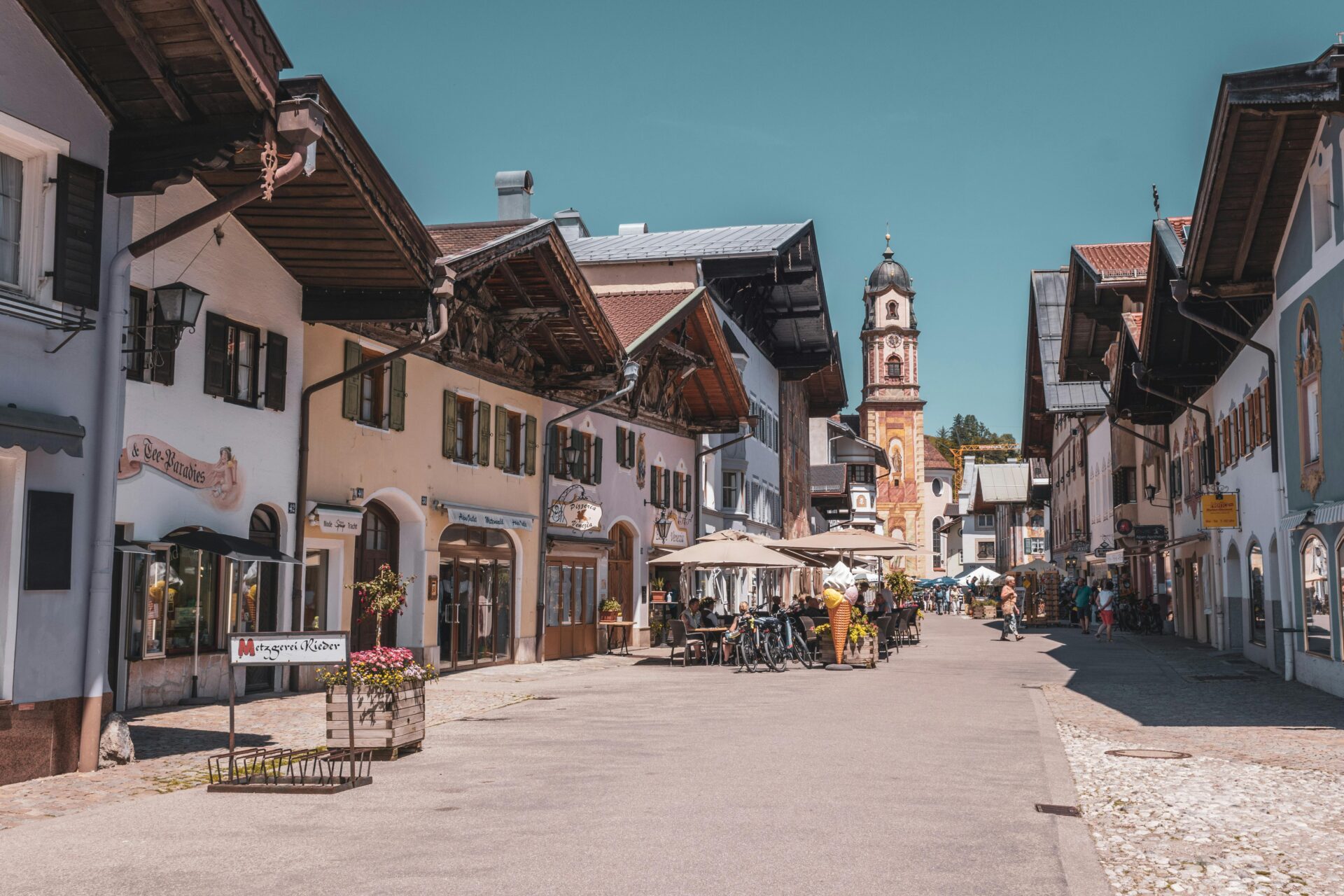
Violin-Making Legacy and the Klotz Family
Violin making in Mittenwald is more than a tradition—it’s woven deeply into the town’s identity. This legacy began centuries ago with influential craftsmen and continues to shape the village.
Travelers fascinated by music and history can explore this firsthand.
Matthias Klotz and the 17th Century Founding
Mittenwald’s story as a violin-making hub starts with Matthias Klotz. Born in 1656, Klotz apprenticed under masters like Jacob Stainer and Nicolo Amati—names I’d heard in any music history class.
After returning to his Alpine home, he established the first significant violin workshop in the village. Klotz blended Italian design with regional Bavarian techniques.
His instruments combined delicate Amati outlines with pine and maple from the Karwendel mountains. This foundation sparked a surge in violin-making and drew aspiring luthiers from all over Europe.
Walking through Mittenwald, I could almost sense the quiet industry of those early days—sawdust and music in the air.
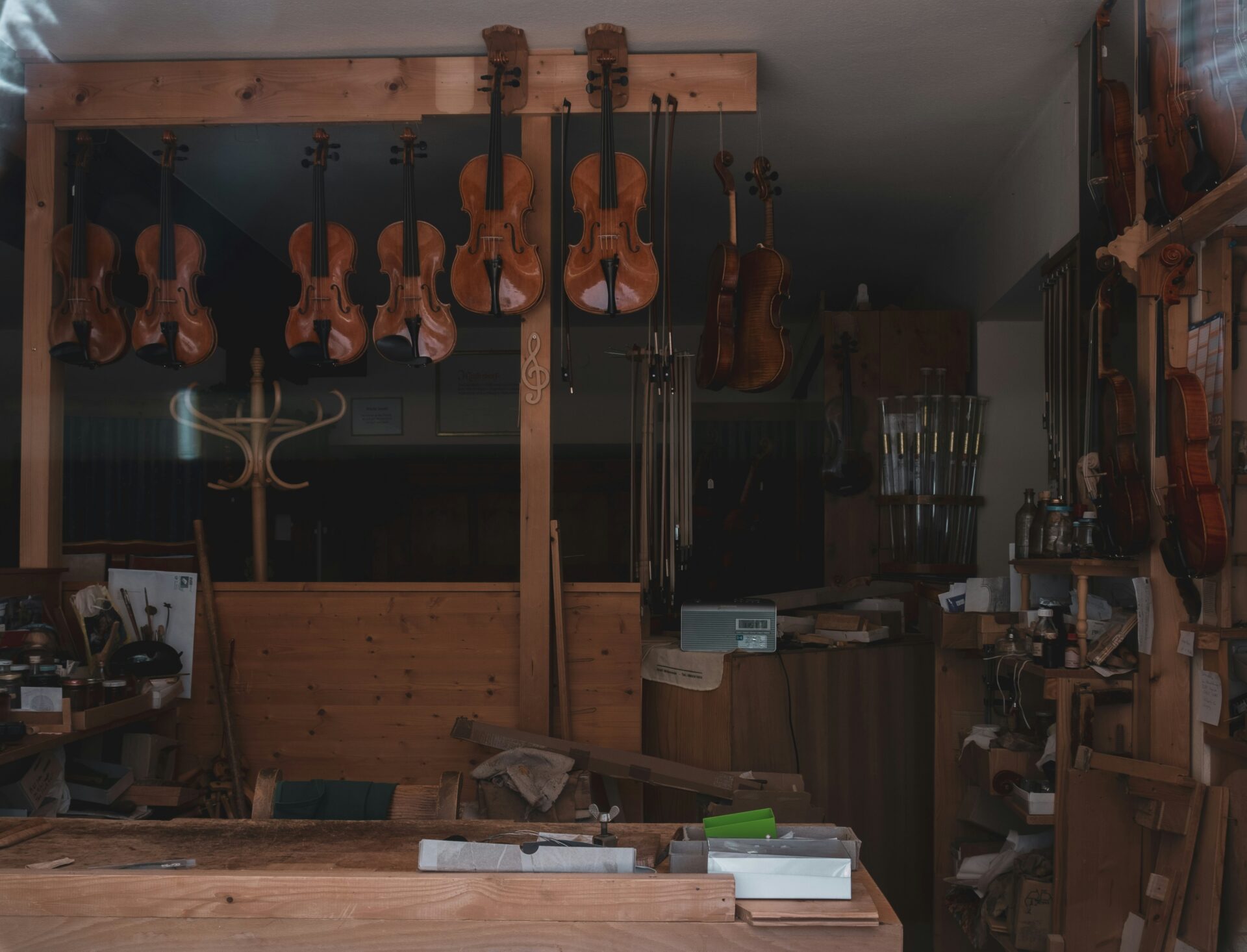
The Violin Making Museum Experience
The Geigenbaumuseum—Mittenwald’s Violin Making Museum—offers much more than rows of glass cases. The place feels alive with the sound and stories of past craftsmen.
When I entered, the scent of aged wood and varnish set the scene. The exhibits walk you through centuries of stringed instrument history, from baroque violins to modern fiddles.
Detailed displays show how violins are shaped, finished, and tuned. Interactive workshops let visitors see tools, touch tone woods, and watch master luthiers at work.
Audio stations let you listen to a Klotz violin’s unique sound—crisp and clear, with that unmistakable warmth of Alpine timber.
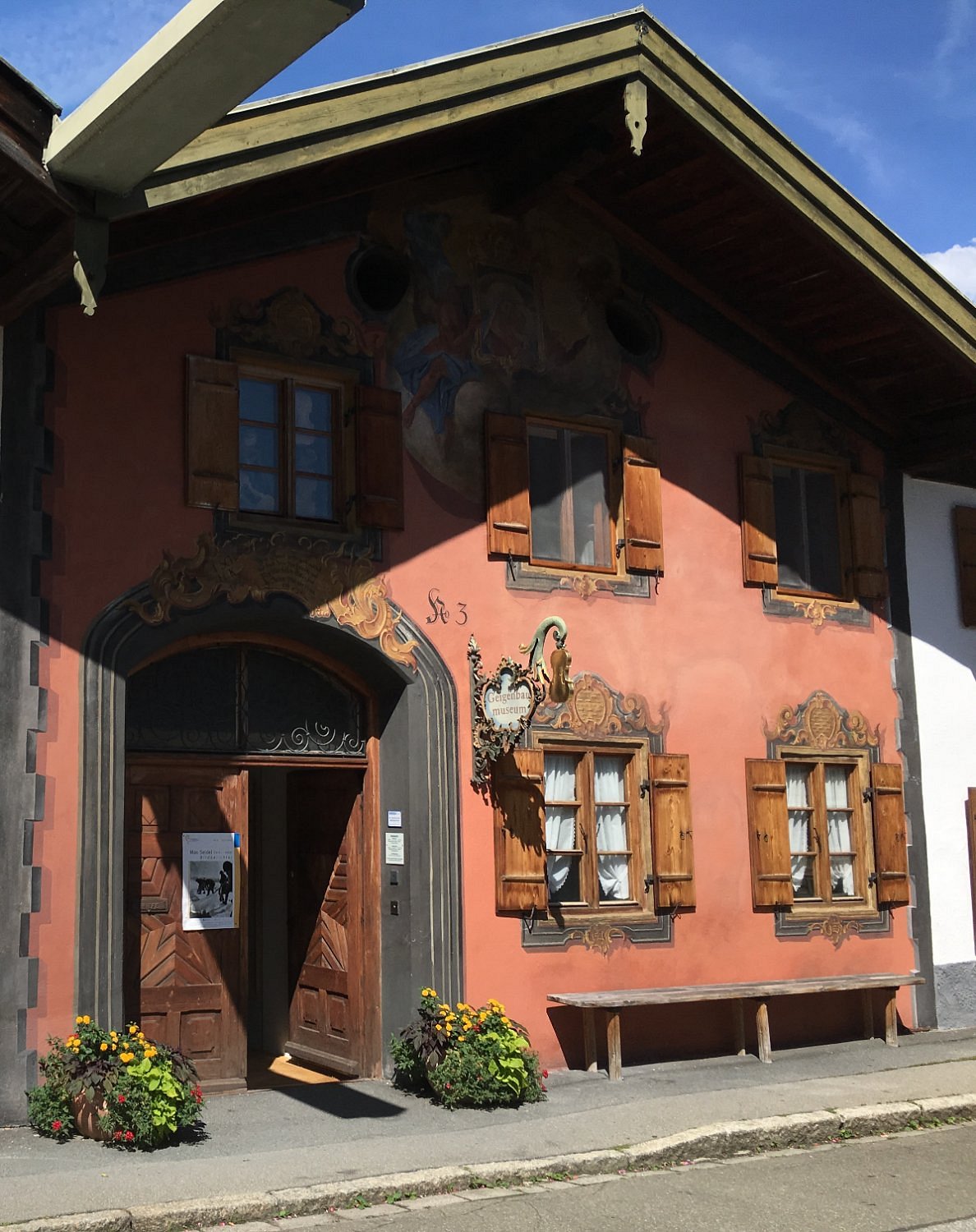
Traditions of Master Luthiers and Craftsmen
Mittenwald has always focused on small-scale craftsmanship, unlike other German towns with big violin factories. The Klotz family, with at least 25 known violin makers across generations, passed their skills to sons, daughters, and neighbors.
That hands-on style continues today, and many local shops are still family owned. Old techniques endure: hand carving, careful selection of Karwendel spruce, traditional varnishing recipes, and careful tuning by ear.
Walking through the village, I saw windows full of unfinished violins and shavings scattered onto cobblestones. Master luthiers sometimes give onlookers a peek at their art, preserving skills that date to the 1600s.
If you time your visit with a festival, you might see public demonstrations and even try your hand at a chisel.
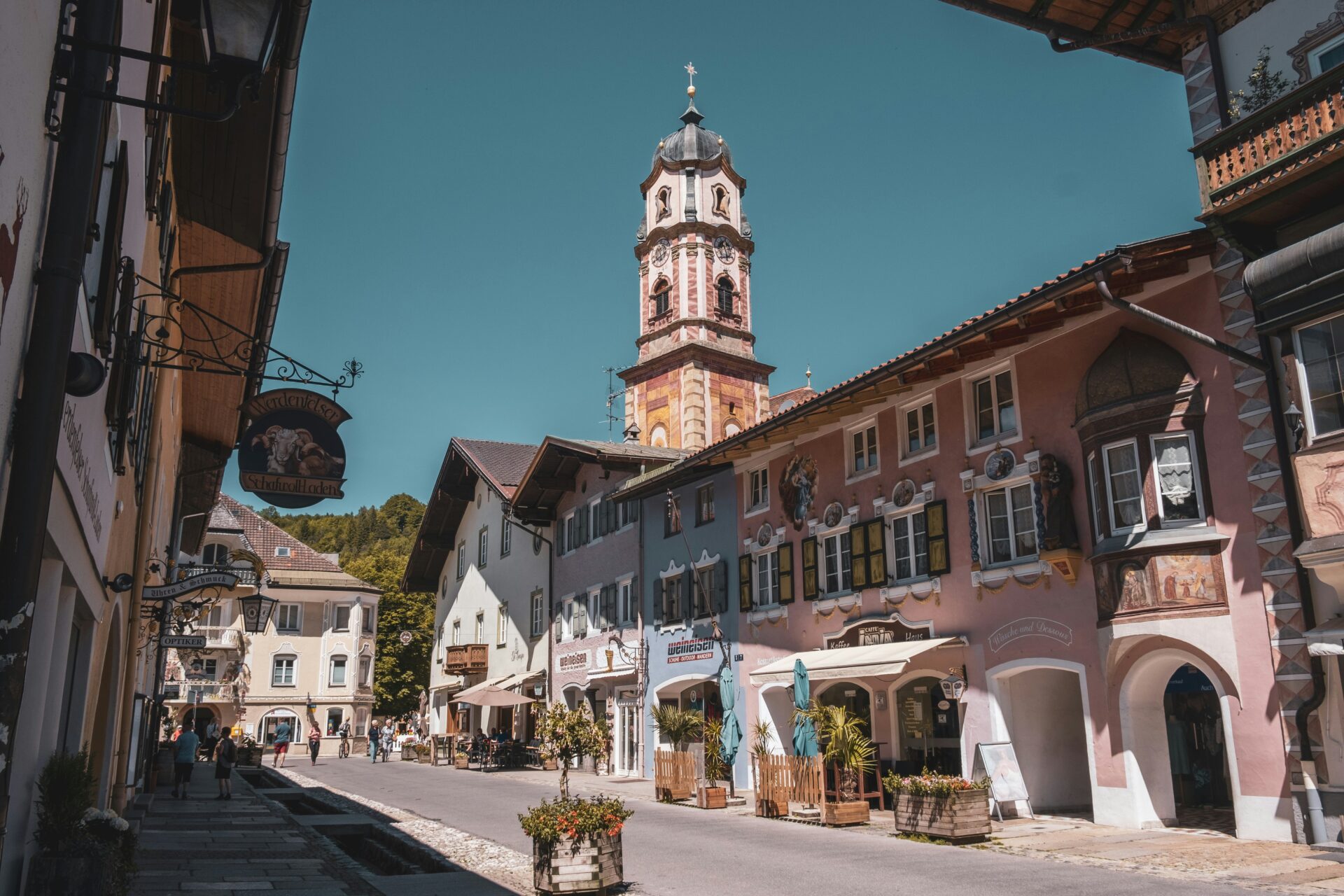
Venetian and Amati School Connections
Mittenwald violins, especially those made by the Klotz family, show deep links to Italy’s greatest instrument makers. Matthias Klotz studied in Venice, home to some of the world’s best varnishes and spruce dealers.
The influence of Nicolo Amati appears in the elegant arch of the Klotz violins and the subtle curves of their f-holes.
Key influences:
- Amati school: Brought refined arching and lighter construction.
- Venetian varnish: Gave instruments a glowing, orange-red finish.
- Imports of Italian methods: Improved both sound and style.
Today, this blend of German and Italian styles sets Mittenwald instruments apart. When I held a Klotz violin for the first time, I noticed how it balances tradition with a bold Alpine character—Italian inspiration, but Bavarian soul.
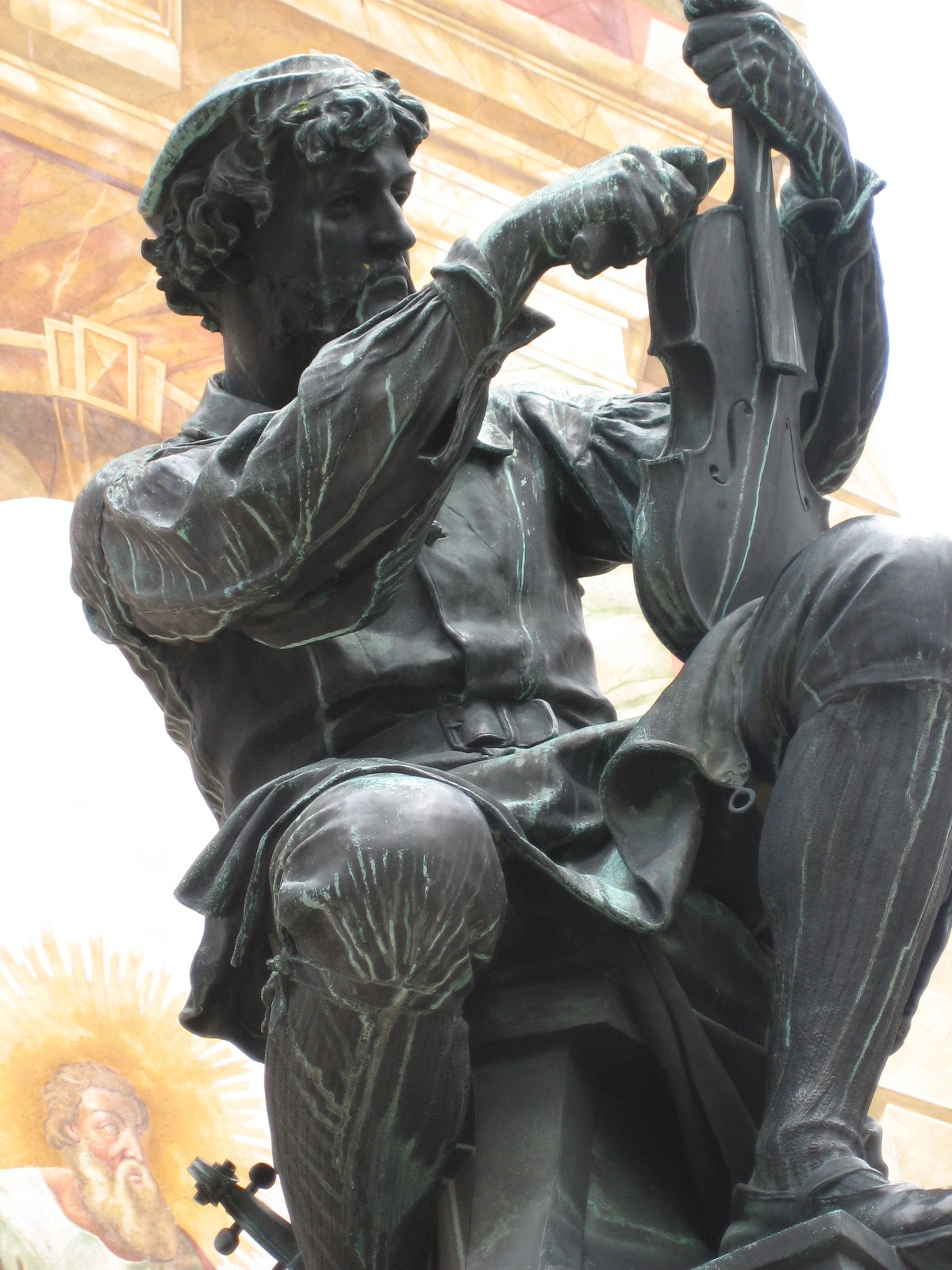
Lüftlmalerei Murals: Artistry and Stories on Every Wall
The painted façades of Mittenwald fill the village with color, history, and local pride. Walking here feels like wandering through an outdoor museum, each mural sparking curiosity.
History of Lüftlmalerei in Mittenwald
Lüftlmalerei, or “air painting,” started in the 18th century in Bavaria. Mittenwald quickly became one of its main showcases.
This art form is rooted in local heritage. Painters use natural pigments and careful craftsmanship to create bright, lasting scenes on plaster.
The name might connect to Franz Seraph Zwinck, a famous façade artist from nearby Oberammergau. He and other artists decorated homes, inns, and public buildings with detailed frescoes.
Townsfolk told me these murals once showed both faith and status. Over the years, keeping up the tradition has become a matter of pride—and it’s easy to see why as you stroll through the narrow streets.
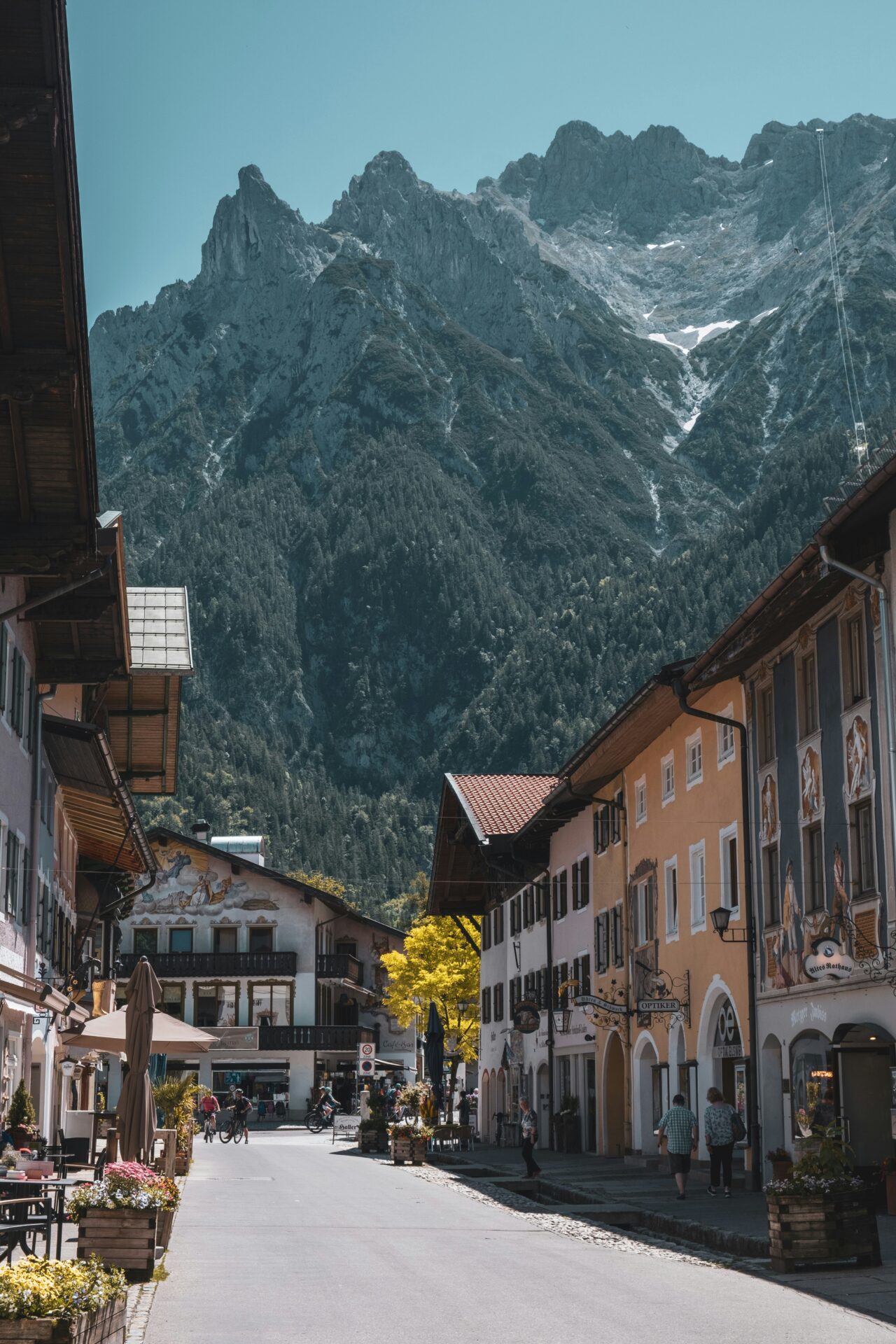
Frescoes Depicting Saints and Village Life
Many murals in Mittenwald feature saints watching over homes and families. Saint Cecilia, the patron of music, pops up often—a nod to Mittenwald’s violin-making fame.
Other frescoes picture biblical figures or offer glimpses of everyday life. I spotted hunters with rustic dogs, village children playing, and craftsmen at their workbenches.
Each mural feels like a story. Some show past festivals, while others reflect older farming and mountain traditions.
A handy tip: look for small painted details, like tools, animals, or musical instruments. These tiny touches help decode the daily lives and values of the villagers.
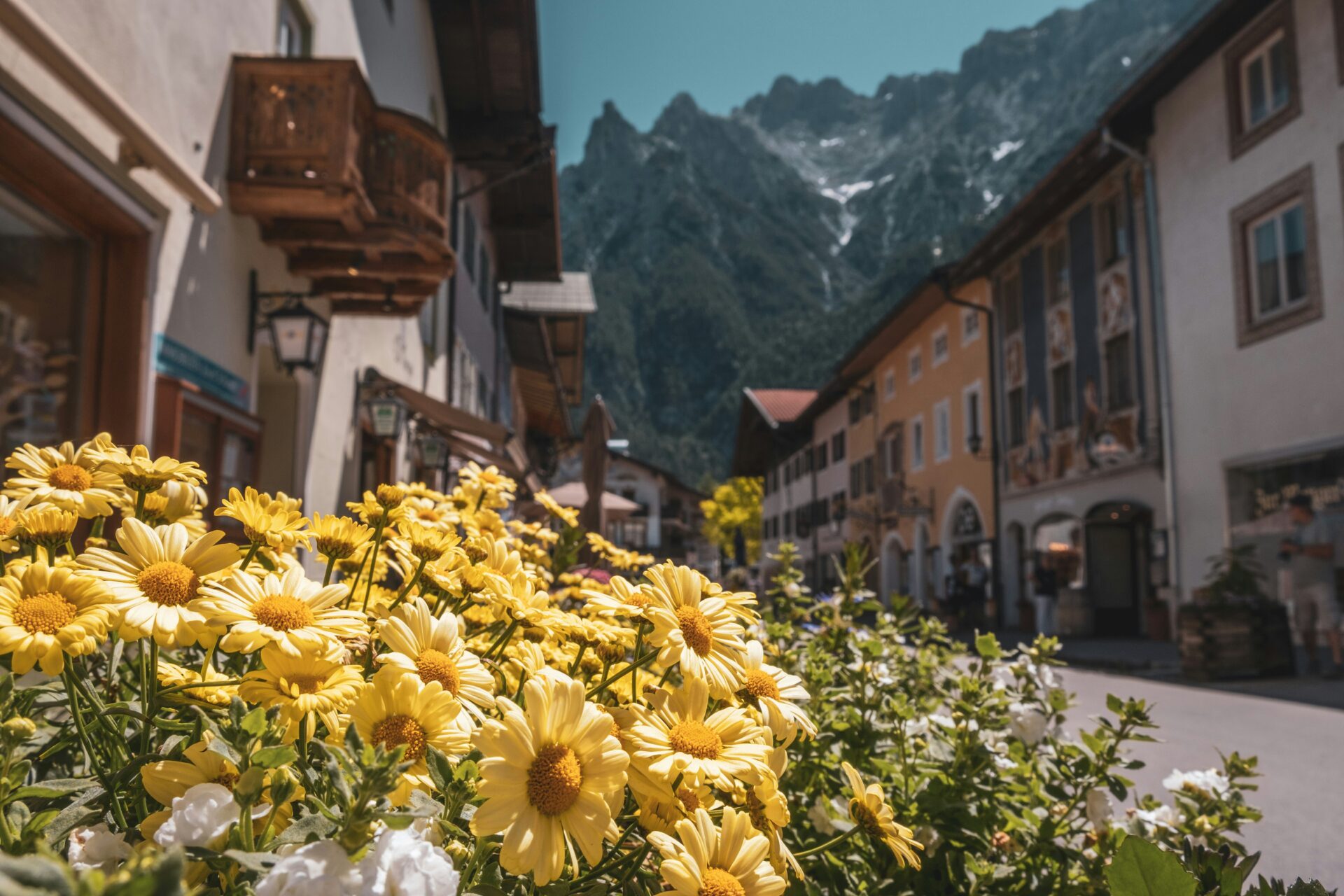
Walking Tours and Artistic Discoveries
Taking a self-guided walk is the best way to see Mittenwald’s lüftlmalerei up close. Local guides sometimes offer tours and explain the techniques and heritage behind the murals.
I followed a town map and made my own route, stopping often to enjoy the artistry and snap photos. Several painted façades include plaques with dates and artists’ names.
Some homes welcome you into tiny shops selling hand-crafted souvenirs inspired by the murals. The open-air art gallery stretches from the main street to quiet back lanes, so comfortable shoes are a must.
If you love photography, mornings and late afternoons have the best light for capturing the color and details of the frescoes. Each corner felt like a new discovery, connecting art, faith, and local stories in a way that’s so uniquely Bavarian.
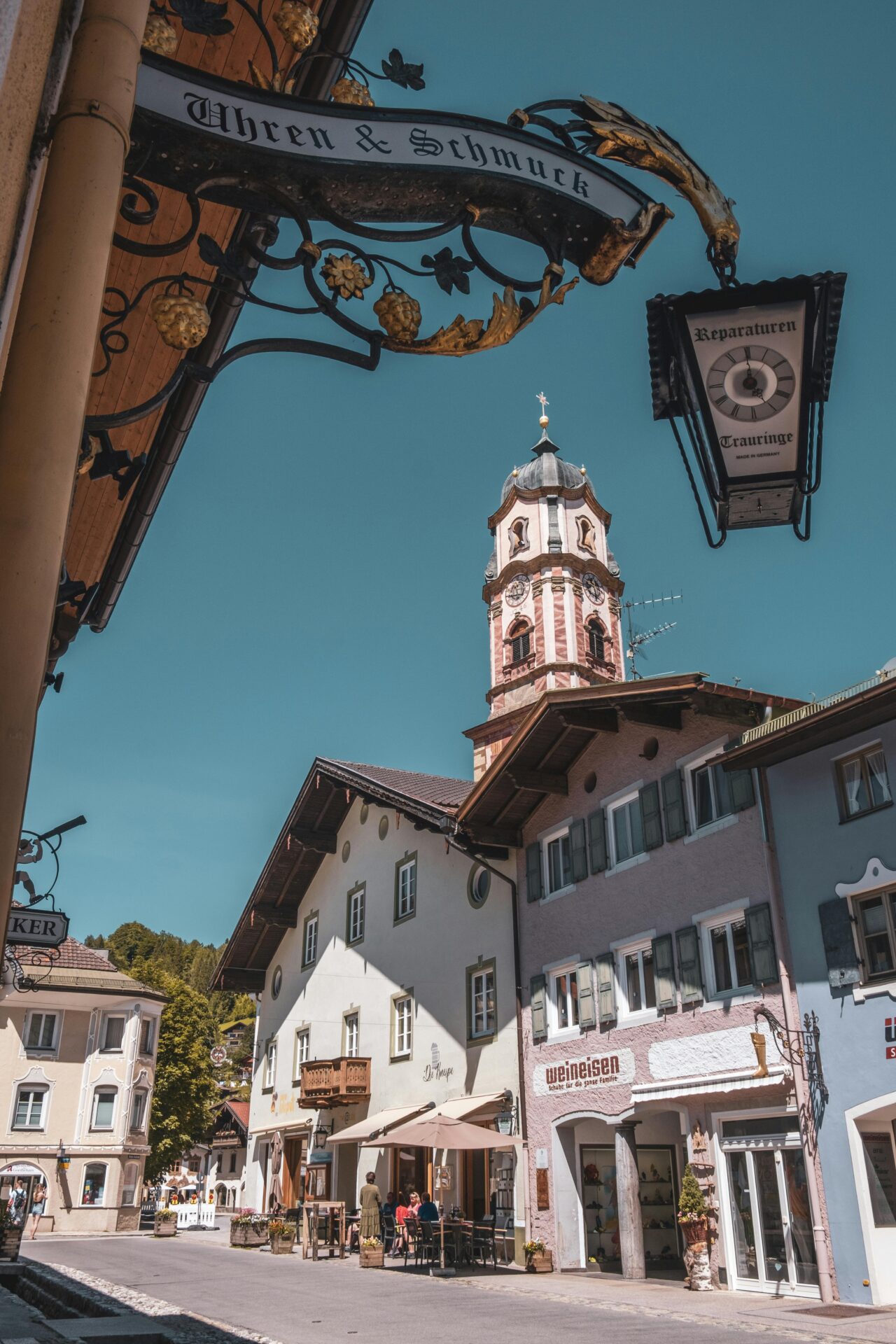
Karwendel Mountain Magic and Natural Beauty
Mittenwald sits at the foot of the Karwendel mountains, making it a prime spot for exploring Bavaria’s alpine wonders. From crisp hikes and cable car rides to cross-border trips, every moment outdoors brings something different.
Alpine Scenery from the Karwendelbahn
One of my favorite memories? Riding the Karwendelbahn cable car. It lifts you from the edge of Mittenwald up to about 2,244 meters on the Karwendel’s crest.
With each rise, the rocky peaks and green valleys open up in sweeping views. Stepping out at the top, the panorama took my breath away.
I could see deep into Bavaria and across the border into Austria—not just rolling hills, but dramatic rock faces capped with snow, even in late spring. There’s a glass viewing platform that seems to float above the alpine drop-off, offering an unforgettable lookout.
For photographers and nature lovers, the Karwendelbahn is a must. Trails branch out for all levels, from quick walks to longer alpine hikes.
The “Gipfelwelt Karwendel” visitor center sits at the top, where I learned about local geology and wildlife like marmots and golden eagles.
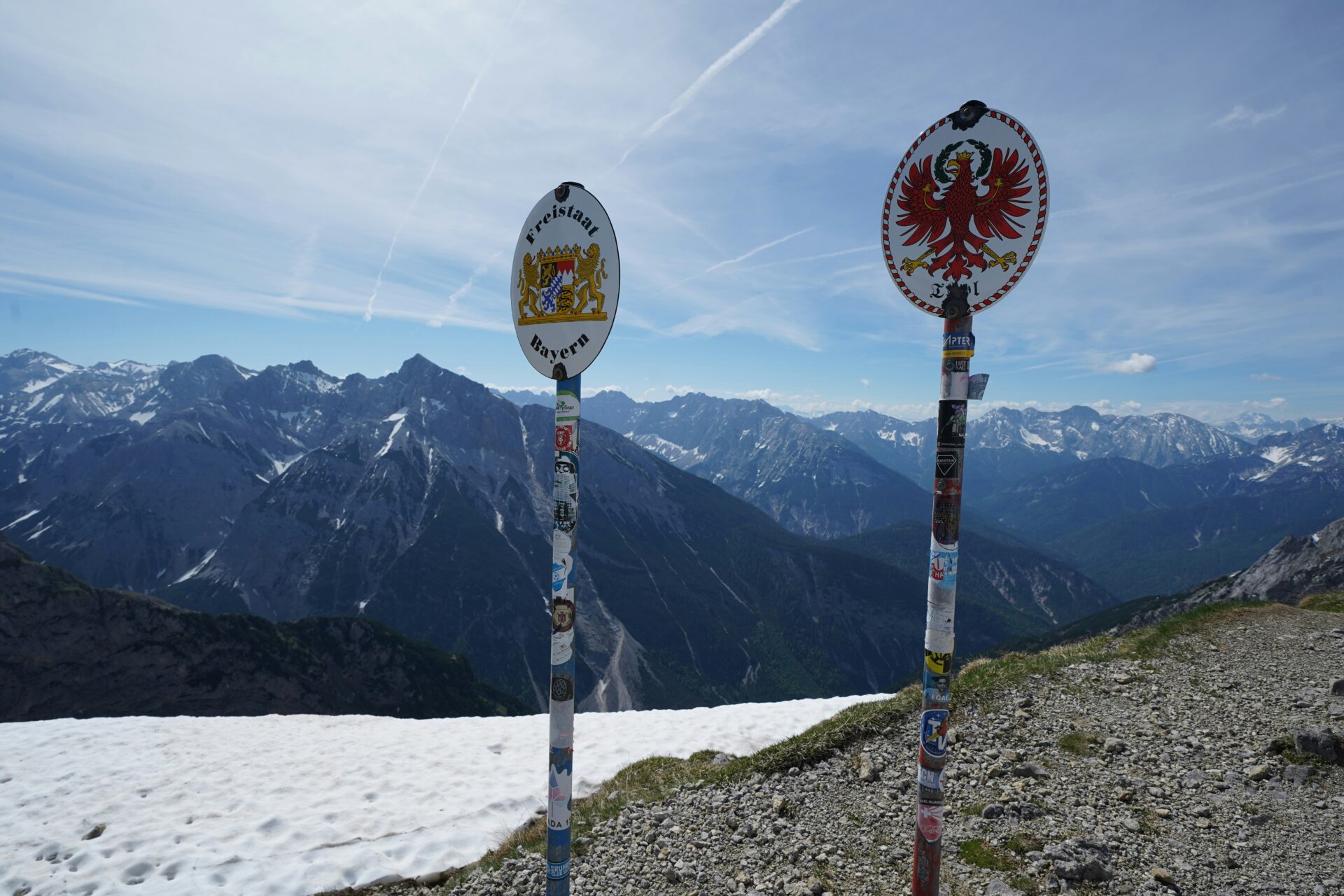
Outdoor Adventures on the Austrian Border
Mittenwald’s spot near the Austrian border gives it a unique blend of cultures and landscapes. I found it surprisingly easy to walk or cycle right into Austria along scenic paths.
The Leutasch Gorge stood out—a dramatic canyon carved by icy waters, with footbridges suspended high above turquoise streams. Winter transforms the area into a ski and snowshoeing paradise.
Kranzberg Mountain, right by the village, is perfect for beginner skiers and families, with gentle slopes and forest trails. The nearby Karwendel ski resort draws more advanced winter sports fans with some of Germany’s longest ski routes.
In warmer months, I joined guided hiking tours crossing the border, climbing through flower-filled meadows and into cool forests. The fresh mountain air is invigorating, and spotting a chamois or red deer is surprisingly common.
Local huts on both Bavarian and Tyrolean sides serve hearty alpine snacks.
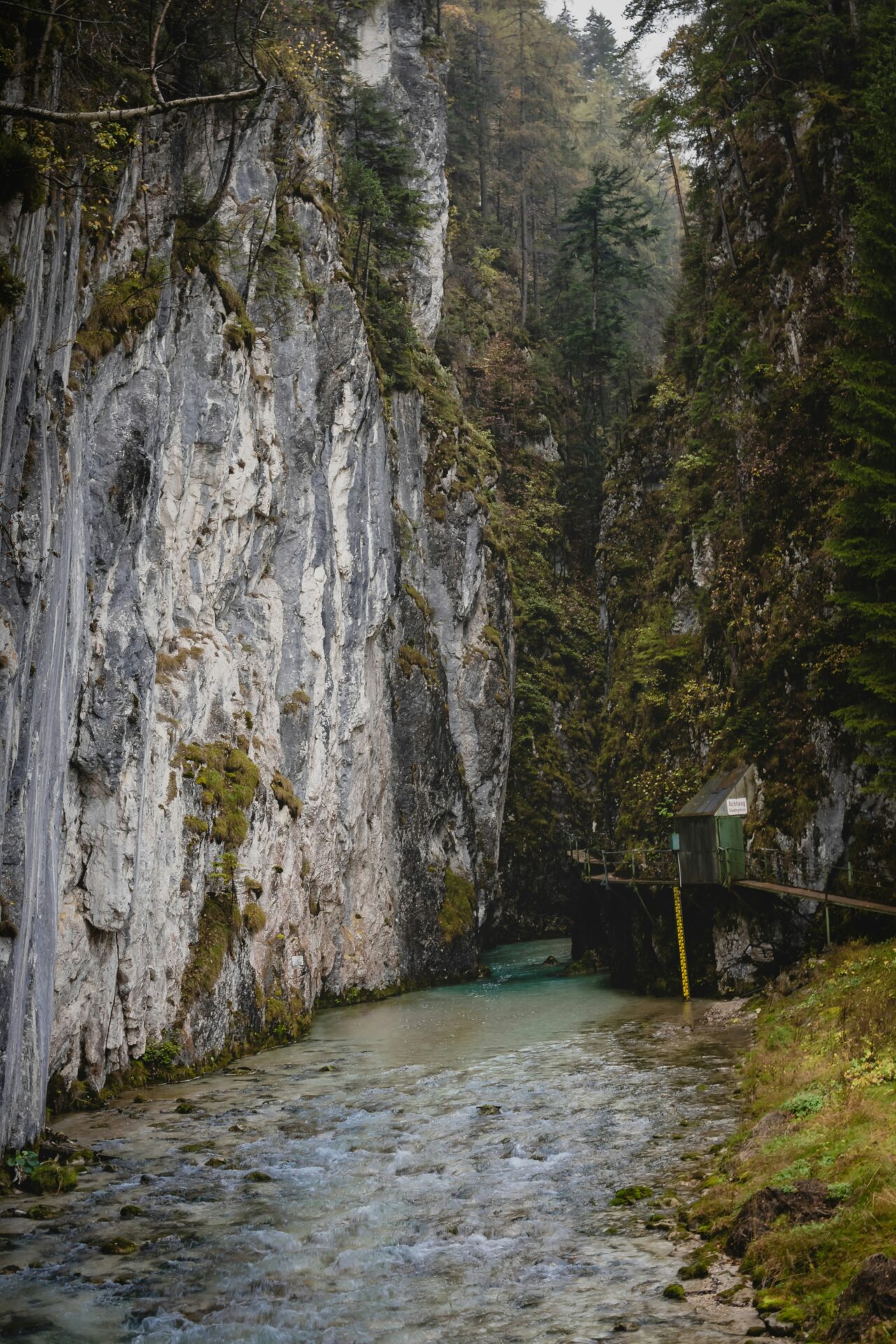
Exploring the Alps: Day Trips to Munich and Innsbruck
Mittenwald really felt like the perfect base for exploring the Alps. I hopped on regional trains to both Munich and Innsbruck—each just over an hour away.
Munich pulled me in with its bustling city squares and world-class museums. The English Garden sprawled out, and honestly, it was such a refreshing change from all the mountain quiet.
Innsbruck sits just across the border in Austria, and the vibe there is totally different. Pastel baroque buildings squeeze between the peaks, and the Old Town’s stone streets invite you to wander.
I found myself ducking into cozy coffeehouses and staring up at the famous Golden Roof. The Nordkette cable car climbs right from the center of town, which means even more high-Alpine scenery is always within reach.
Trains run several times a day, and tickets don’t break the bank. So if you feel like heading to a Bavarian beer garden in Munich or catching a Tyrolean festival in Innsbruck, it’s all possible.
I always got back to Mittenwald before nightfall, ready to wake up to another alpine sunrise.

